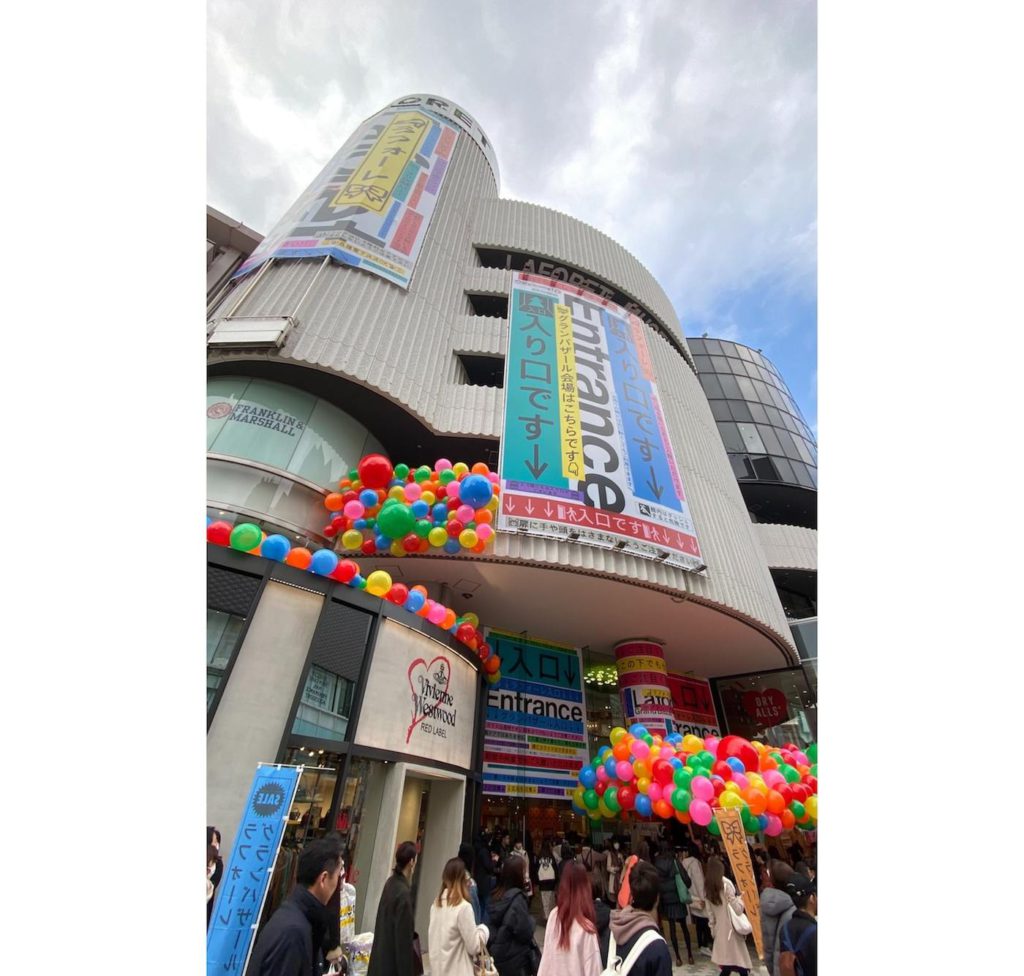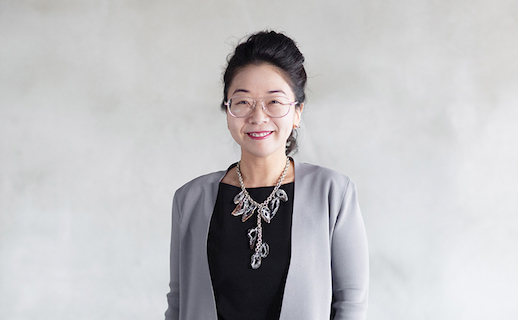When Imitation is Not Flattery: Copyright Tactics in the Digital Age

“Congratulations on your new collaboration!”
Imagine that you are an American artist who uses sticky notes in your artistic practice. You have consistently used this material, and your artworks have become quite recognizable. You have successfully completed collaborations with brands where your artwork has been reproduced on clothing, and the company that makes sticky notes has even given you some free material to support your practice. One day, you find out a well-known brand recently launched an ad campaign in the U.S. through its advertising agency that features the look and feel of your practice, using the same sticky notes. Even worse, you hear about this campaign from other people who congratulate you on your “newest brand collaboration.” Understandably, you feel angry and slighted. What should you do?
If you are the artist
Sound familiar? It might, because unfortunately it happens way too often. So, what can or should you do? In many countries, including the U.S. and Japan, copyright provides legal rights to authors that create works. The copyright laws of various countries differ in subtle ways, but in the situation set forth above, U.S. copyright law protects fixed, tangible expression, but neither methods nor ideas. While you may be extremely frustrated that the look and feel of your practice was taken by a large, commercial entity, if the ad campaign did not wholesale copy your artwork, it may unfortunately be difficult to make a legal claim that will prevail. Moreover, in the U.S. (but not Japan), potential copyright infringers may have a legal defense called fair use. Fair use cases depend on a number of factors, including the purpose of the copying, the nature of the copyrighted work, the amount of the copyrighted work copied, and the potential effect on the copyrighted work’s market.
Note that copyright law was created before the Internet, before the digital era, and before mash-up culture. It is hard to be truly original in this age when we are constantly bombarded with images and sounds that can be manipulated, mixed, and disseminated. Further, artists—whether consciously or unconsciously—are a product of their times, with many responding to the world and contexts around them, and still others responding to inspirations they have received from other artists.
Back to the sticky note situation at hand, direct and private communication might be a good way to start in responding to the brand’s potential copyright infringement. Always consider getting legal counsel first, but, if circumstances do not allow, reach out to the brand or the ad agency and see if they would be willing to talk with you. If possible, try to be non-emotional and explain how you believe that your work may have been infringed. If the brand or the ad agency is willing to engage in a conversation, think about what your goals could be. For example, if you are convinced that your work has been infringed upon, perhaps you want a fee in exchange for an after-the-fact license. If you want to be acknowledged as an inspiration for the campaign, perhaps you can ask for some sort of public acknowledgment. If you want to work with the brand or ad agency in the future, perhaps this is a good time strategically to pitch your work, ideas and practice. If you choose to take to social media, however, be prepared for any and all sorts of comments. While there is always a chance that you will catch the attention of the brand or the ad agency through social media, there is also as much of a possibility that you will attract hurtful or negative comments.
If you work for the brand
On the flip side, if you work for the brand or the ad agency, and are on the receiving end of an artist claim, what can or should you do going forward? In the sticky note situation, it might be important to acknowledge with your teams that you are a group of creators, but that the artist who is making a claim is also one, too. In a moment that might pose a reputation risk to your brand or client, showing an active and committed stance on communication with other artists seriously will likely help. Further, all team members (or at least those who were directly involved in the original project) should be informed of the existence of these claims and your teams’ public responses, so that the entity can be unified in its public commentary about the situation. Going forward, while the fast pace of projects may not always allow, it also might be wise to have a check-in prior to a project going public to discuss whether the project looks similar to other artworks, and, if it was inspired by other artworks, to discuss whether it makes sense to reach out to known artists before the launch of your project.
What does it all mean?
We live in a world mediated by technology. Technology, including tools as mundane as our camera phones, easily accessible software, and social media, allows people to create, display, and disseminate their creativity. On the other hand, the very same technology can be used to create positive or negative discussions surrounding those creative acts. We need to be reminded that technology can thus both further the creative ethos – by aiding creative output and dissemination and providing a community for positive engagement – and also provide an amplified platform for hurtful criticism.
*This article is not meant to be taken as specific legal advice.*

About the author: Yayoi Shionoiri serves as Executive Director to the Estate of Chris Burden and the Studio of Nancy Rubins, where she is responsible for stewarding Burden’s art historical legacy and promoting Rubins’ artistic practice. From 2015 to 2019, Yayoi served as General Counsel and Head of Asia Strategy to Artsy, with responsibility for all legal matters of the company’s global operations, advising on corporate transactions, intellectual property issues, technology start-up management and operations, and digital media strategy. From 2011 to 2015, Yayoi was the Associate General Counsel of The Solomon R. Guggenheim Foundation, providing legal services for matters including exhibitions and non-profit operations. She received her A.B. from Harvard University (2000), her J.D. from Cornell Law School (2003), and her M.A. from Columbia University in Modern Art (2010). Instagram: @yayoi_shionoiri


